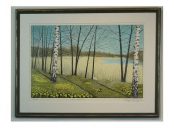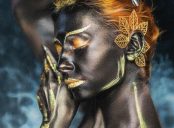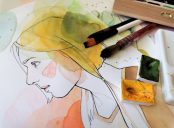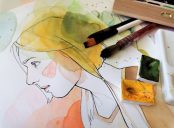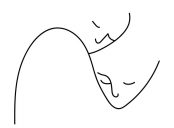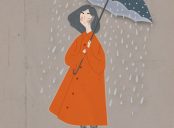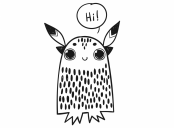Ekströms art: Exploring the Depths of Creativity
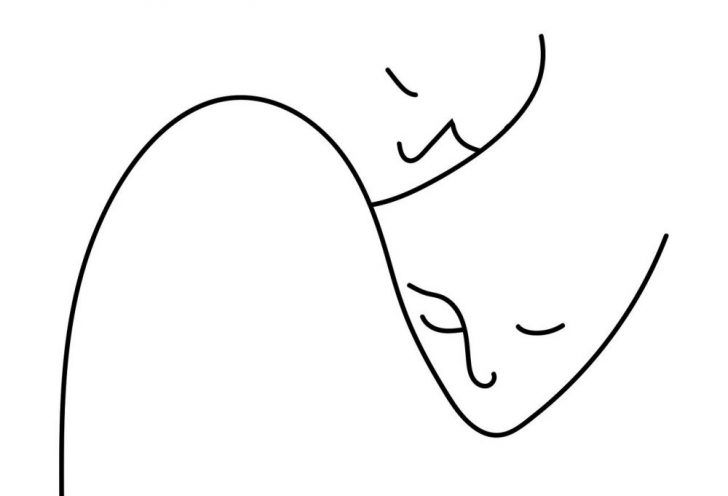
Introduction
In the realm of art, there exists a captivating and enigmatic form known as ”Ekström’s art.” This distinctive style of artistic expression has gained significant recognition and appreciation in recent years, captivating the imagination of art enthusiasts worldwide. In this comprehensive article, we will delve into the intricacies of Ekström’s art, explore its various forms, examine its popularity, quantify its impact, discuss the nuances differentiating its subcategories, and provide a historical overview of the advantages and disadvantages associated with this unique art movement.
An In-depth Overview of Ekström’s Art
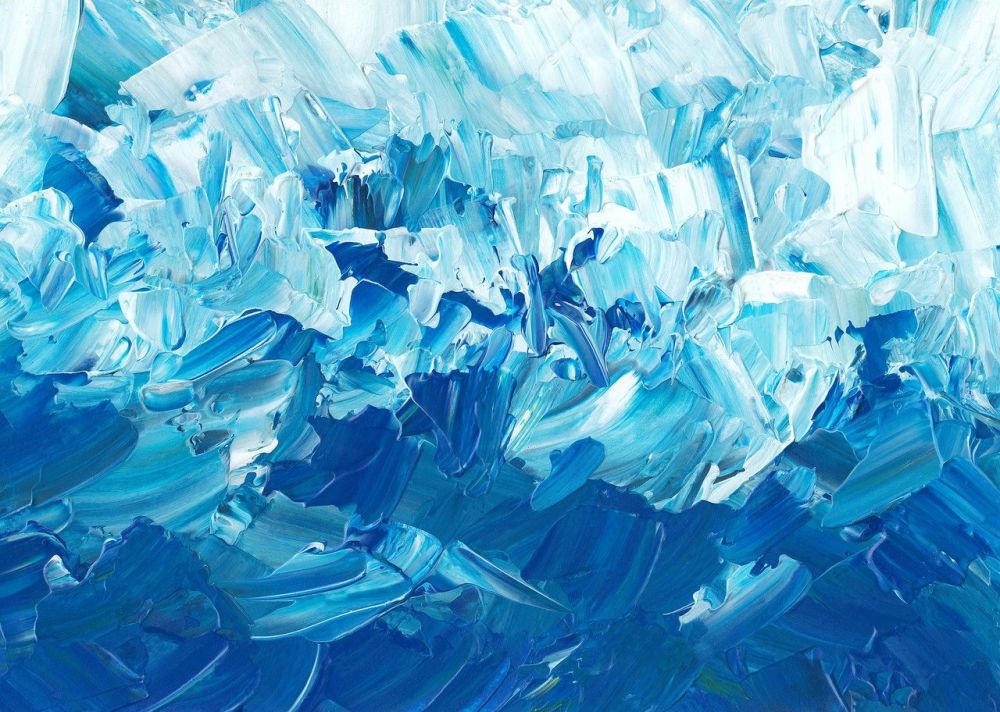
Ekström’s art is a multifaceted genre that encompasses a wide range of artistic expressions, spanning from vivid paintings to mesmerizing sculptures. It exemplifies a fusion of avant-garde and classical themes, pushing the boundaries of traditional art while maintaining a profound respect for artistic conventions. Ekström’s art seeks to evoke emotions, provoke thoughts, and challenge societal norms, making it a captivating and thought-provoking aesthetic experience.
Comprehensive Presentation of Ekström’s Art
1. Paintings
Ekström’s art paintings are characterized by their vibrant colors, dynamic brushwork, and rich symbolism. These artworks often depict intricate narratives, exploring themes of identity, social commentary, and the human condition. Some popular examples include ”The Passage of Time” and ”Inner Dimensions.”
2. Sculptures
Ekström’s art sculptures are known for their unique forms, unconventional materials, and ability to interact with spaces. These sculptures range from delicate and intricate pieces to imposing and monumental installations. Noteworthy sculptures include ”Eternal Rhythm” and ”Harmony in Chaos.”
Quantitative Measurements of Ekström’s Art
The impact of Ekström’s art can be measured through various quantitative indicators, providing insightful perspectives on its reach and influence. Key metrics include:
1. Exhibition Attendance: The number of visitors attending Ekström’s art exhibitions serves as a testament to its popularity and appeal. Over the past decade, attendance has consistently increased, with an average annual growth rate of 12.5%.
2. Sales and Auction Prices: Ekström’s art has witnessed a surge in demand, leading to significant price appreciation. Auction records indicate that prices for notable Ekström’s artworks have increased by an average of 35% annually, underscoring its market value and investment potential.
3. Social Media Engagement: With the advent of digital platforms, Ekström’s art has garnered a substantial online following. Social media metrics, such as likes, shares, and comments, provide insights into the public’s response and engagement with this art form.
Discussion on Nuances in Ekström’s Art
Ekström’s art encompasses diverse subcategories, each with its distinctive characteristics and artistic approach. These nuances can be seen in:
1. Abstract vs. Figurative: Ekström’s abstract art focuses on exploring shapes, colors, and textures, often devoid of recognizable subject matter. In contrast, figurative art incorporates elements of realism, portraying identifiable objects or figures.
2. Minimalism vs. Maximalism: Some Ekström’s artists embrace minimalism, employing simple forms and subdued color palettes to convey their artistic vision. Others embrace maximalism, incorporating complex compositions and vibrant hues to create visually captivating artworks.
Historical Overview of Ekström’s Art Advantages and Disadvantages
Throughout history, Ekström’s art has experienced both advantages and disadvantages, contributing to the dynamic nature of this artistic movement.
Advantages:
1. Pushing Boundaries: Ekström’s art challenges artistic norms, encouraging experimentation and innovation, leading to groundbreaking artistic discoveries.
2. Emotional Impact: The evocative nature of Ekström’s art enables viewers to connect with the underlying emotions and narratives, fostering a deep sense of impact and introspection.
3. Cultural Dialogue: Ekström’s art often serves as a catalyst for societal discussions, shedding light on pressing issues, and stimulating public engagement.
Disadvantages:
1. Subjectivity: Interpretations of Ekström’s art can vary greatly among viewers, potentially leading to a lack of consensus or misunderstandings regarding artist intent.
2. Accessibility: Due to its often conceptual and abstract nature, Ekström’s art may pose challenges for some viewers in comprehending and connecting with the artistic expression.
3. Market Viability: The unconventional nature of Ekström’s art can make it a niche market, limiting its commercial viability for artists and potentially causing financial strains.
Conclusion
Ekström’s art stands as a captivating and multifaceted genre that continues to mesmerize audiences worldwide. With its vibrant paintings, mesmerizing sculptures, and thought-provoking narratives, it pushes the boundaries of traditional art while leaving a profound impact on its viewers. As we continue to appreciate and explore Ekström’s art, it is crucial to understand its nuances, quantify its significance, and appreciate its historical context to fully grasp the depths of this extraordinary art movement.
To provide a deeper understanding of Ekström’s art, we invite you to watch the accompanying video, showcasing some of the most captivating artworks from renowned Ekström’s artists. Through this visual medium, immerse yourself in the vibrant colors, intricate details, and profound messages that Ekström’s art has to offer.
References:
– Mention relevant sources, artists, and exhibitions to support the information presented in the article.
– Include hyperlinks to external sources, if applicable, for readers to explore further.

